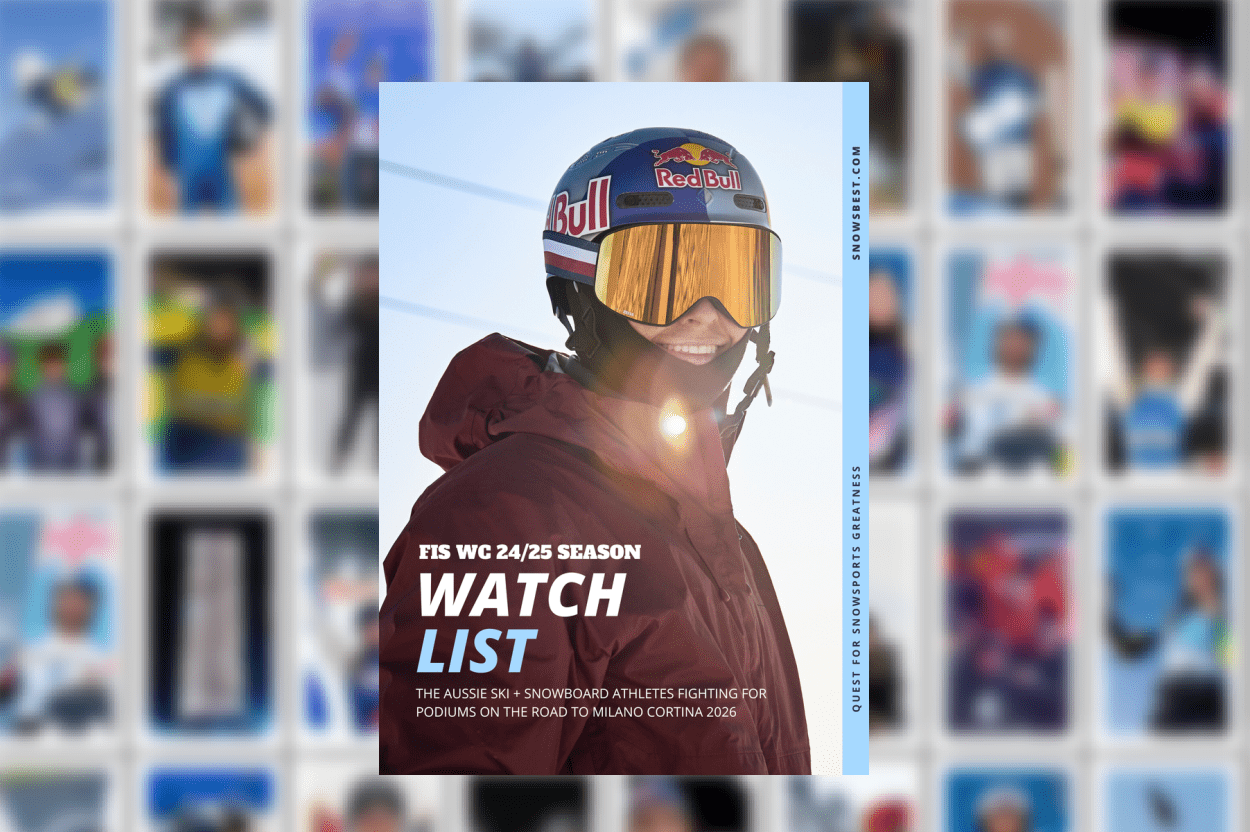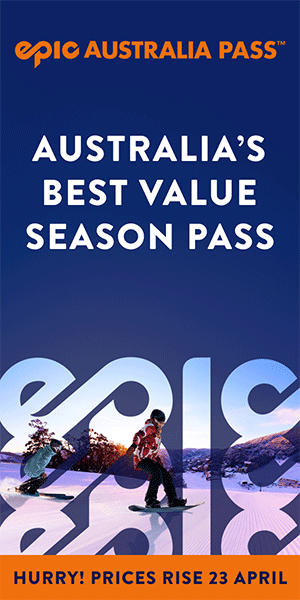The snow world has taken up a large part of my life, though I still question if I truly belong. Growing up, every winter weekend, my parents would pile us into the car and drive to Mt Buller. We spent many days, snow, sunshine and rain, learning to ski and building our love for the sport.
My parents moved mountains for us to ski, and although I recognised the great privilege of participating in such an elitist sport, I felt uneasy and out of place.
Finding snow gear to fit me was the most significant obstacle. We would go to ‘Ski Recycle’ in Melbourne and exchange our outgrown gear. However, at nine years old, my curves accentuated as I moved into early puberty and I was diagnosed with PCOS, a medical condition causing weight gain. Hence, as I got older, the battle to find correctly fitting ski gear grew harder.
Initially, I started wearing adult ski gear, and I could usually find appropriate sizes. But the gear never fitted correctly, as most ski gear is designed to fit a straight-sized male figure.
When I could no longer find gear that fit me in stores, out of desperation, knowing rental stores stocked plus-sizes for loan, I tried a rental store. I felt sick in my stomach, and my heart was pounding. I was ashamed to ask about buying a pair of used rental ski pants.
At first, the employee was dumbfounded, he explained they were only for rent, not for sale. Holding back tears, I explained again that I wanted to purchase a pair of used rental pants to keep because, at that time, it was the only option I had. Eventually, I was able to purchase a pair.
Whilst working as a ski instructor, I experienced dreadful physical exclusion from the snow world.
I am a qualified Level 1 and 2 Alpine Instructor with the Australian Professional Snowsports Industry. I worked in two ski schools, one in Australia and one overseas. Ultimately, it wasn’t my diminishing love for teaching skiing, my ability or fitness that pushed me away from the profession, but the constant reminder that I did not ‘fit’ in because I am plus-size.
In my experience, snow sports institutions do not cater for plus-size people wearing a uniform. A uniform is supposed to make you feel like you are a part of a team. It is a physical representation of unity within an institution. However, when a uniform does not cater for all people, it defies the purpose, and excludes them.
I experienced difficulties at both ski schools I worked for. Fortunately, the Australian ski school did have a jacket for me, but still no pants, and I looked out of place. But when working overseas, there was no uniform that fit and they would not investigate getting one.
Rather, I was asked to wear my personal ski gear and a ski school child’s vest over my jacket to be identifiable. I played it off as being the silly ski instructor worked for my personality, but deep down, I hated myself, felt worthless and looked unprofessional.
One team leader confronted me in front of clients and told me I looked ridiculous. I knew, but I was just doing what I was told to do.
Eventually, I worked up the courage to talk to my superiors and asked if a uniform could be ordered for me. I even offered to pay for it myself. My team leader acknowledged that it was unfortunate but said, “It is not a priority for them”. It was frustrating and degrading, but I understood that I wasn’t a priority in a fast-paced environment.
However, the shame I felt whenever a colleague or client asked why I wasn’t wearing a uniform was inexplicable. I also knew that, unfortunately, I wasn’t the only one. I was aware of multiple excellent ski instructors who suffered due to the gear not fitting correctly or at all.
After five seasons of feeling worthless and unvalued, I gave it up. I told people (and myself) that I was concentrating on finishing my teaching degree, and then Covid-19 happened, so I never really faced the truth behind hanging up my teaching boots. I made a mental note that if I were ever in a situation where my students needed a uniform, I would discreetly go to great lengths to ensure they felt and looked like a part of the team and would be comfortable in their uniforms.
It is hard to fathom the exclusion of plus-size women in the snow industry, as according to the Australian Bureau of Statistics, 67% of women wear a size 16 or larger. However, throughout my skiing life, I faced barriers to finding appropriately fitting technical gear, a drastic underrepresentation of plus-size people enjoying snowsports, and devaluation in the workplace as an instructor.
The IBISWorld report states, the number of plus-size clothing stores in Australia has increased 30% in the past five years. Australia’s own Plus Snow clothing store and Nobody’s Princess ski pants brands are living testimony as is XTM Performance, ROJO, Cartel and Pure Brandz who all offer larger sizes more in keeping with the average Aussie population.
There is also a growing and greater acceptance and representation of plus-size people in various mainstream and social media platforms. Unfortunately, though, that greater representation hasn’t reached major snow sports brands or resorts’ social media and marketing strategies where everyone is still young and slim.
I have, in the past year as a curvy outdoor creator on my Instagram @curvatours, been told I’m “promoting obesity” and asked “if the chairlift cries when it sees me.”
Yet here I am, fit as a fiddle, hiking hills and skiing mountains.
It’s not the outdoors that discriminates it’s the outdoor industry. It’s time for greater representation so we all feel that nature is accessible for all of us, not just the privileged few.










































